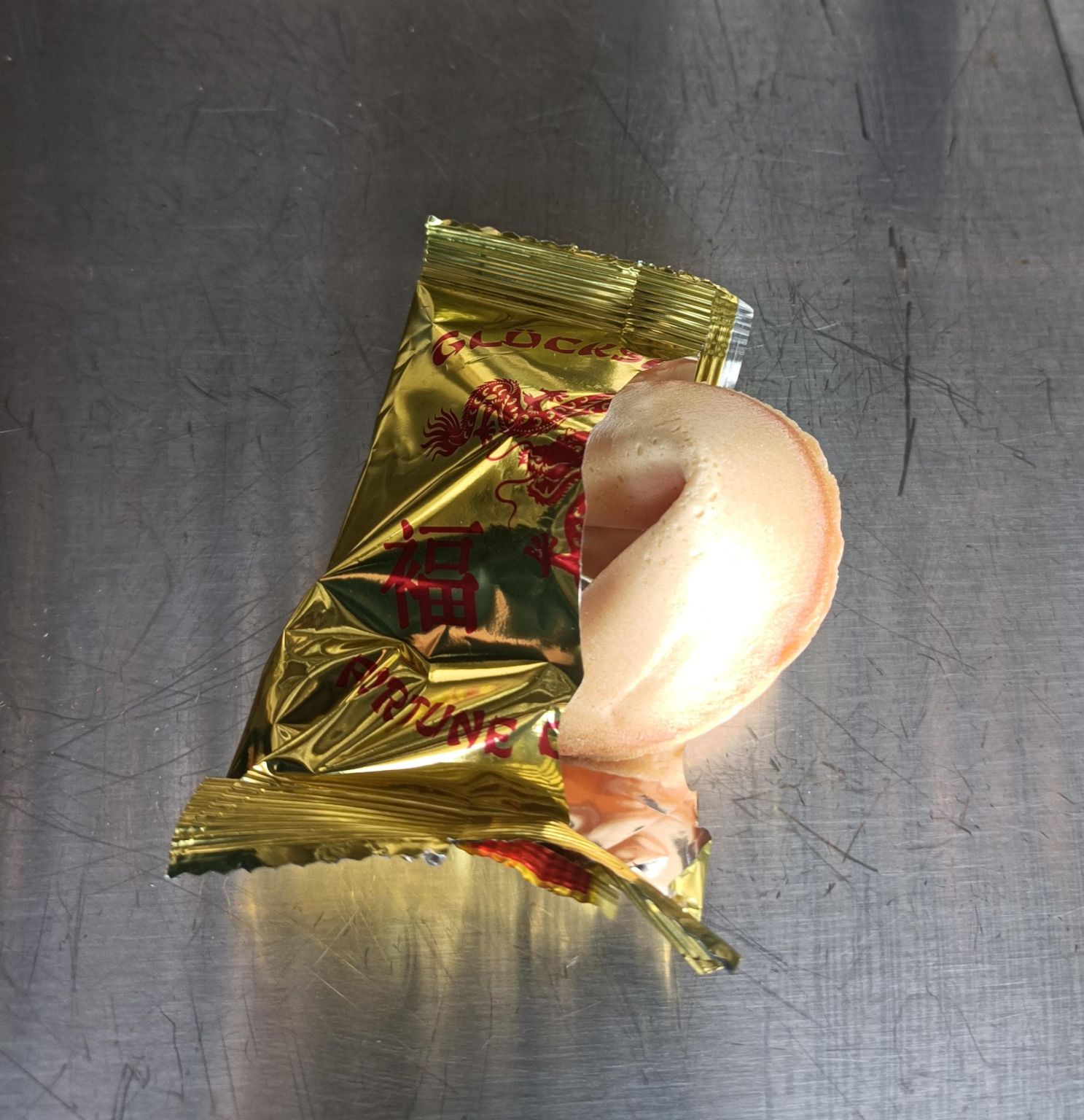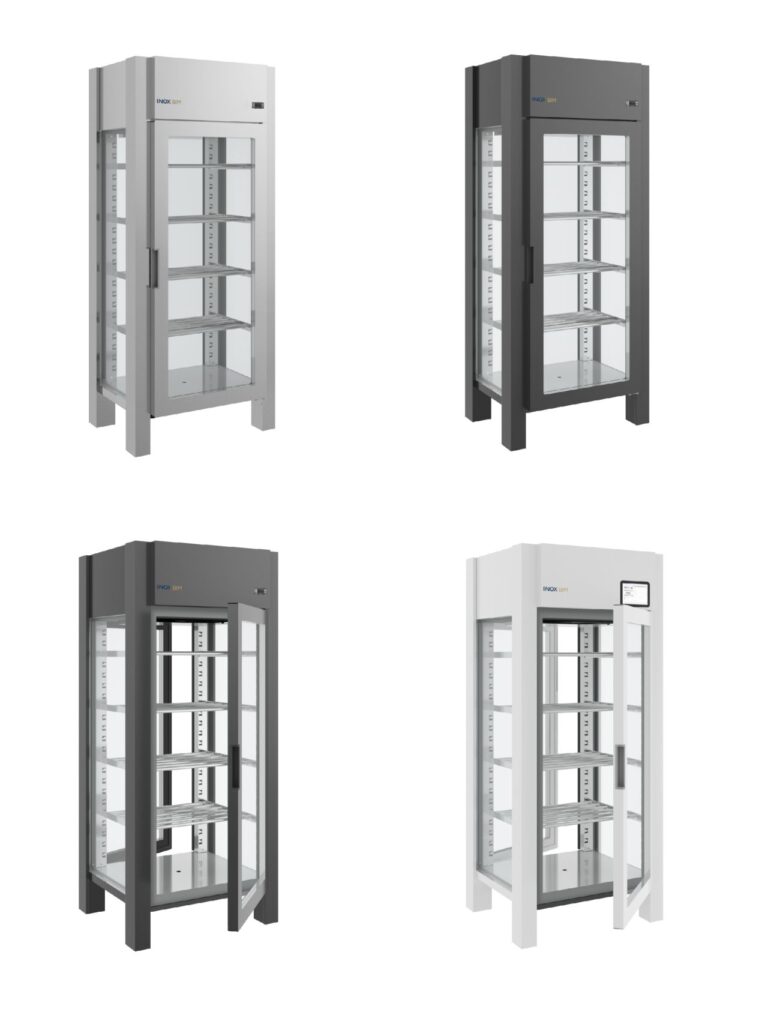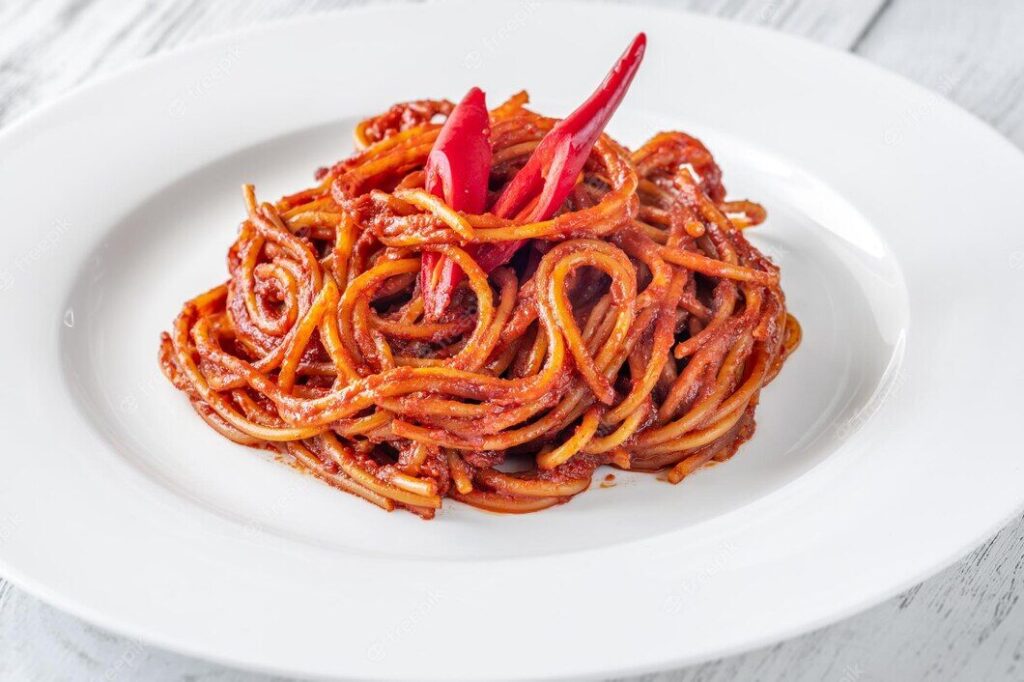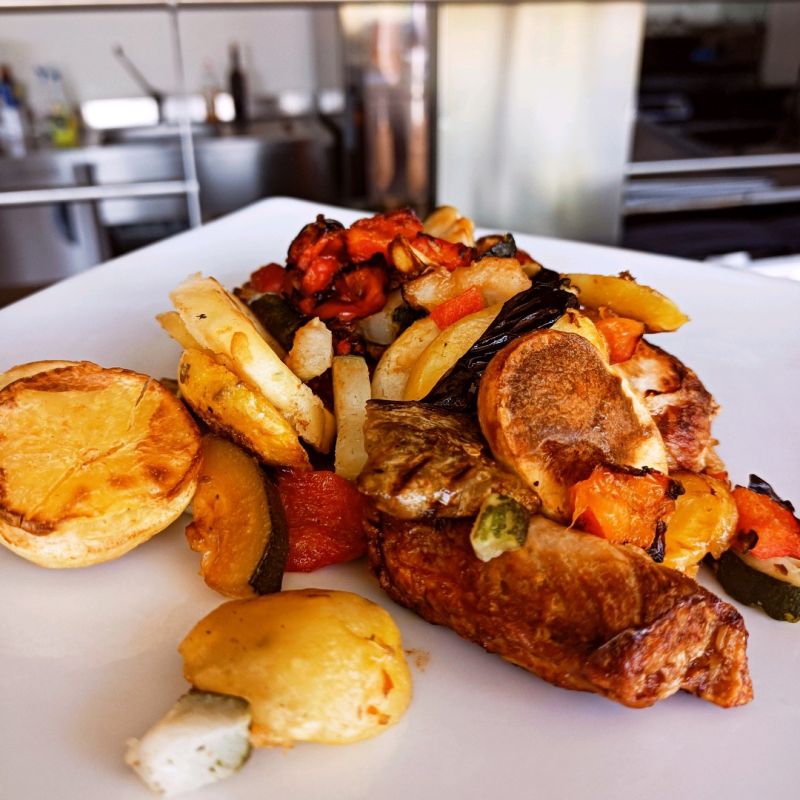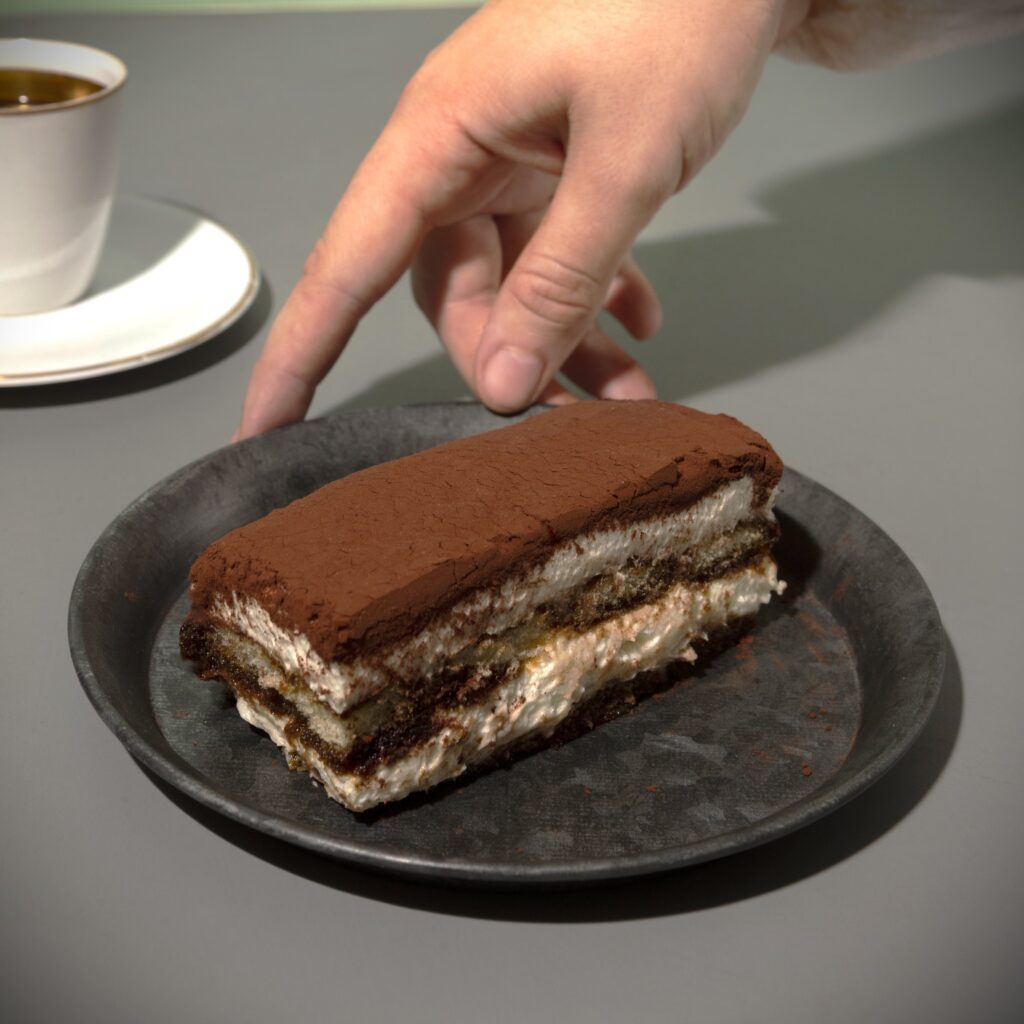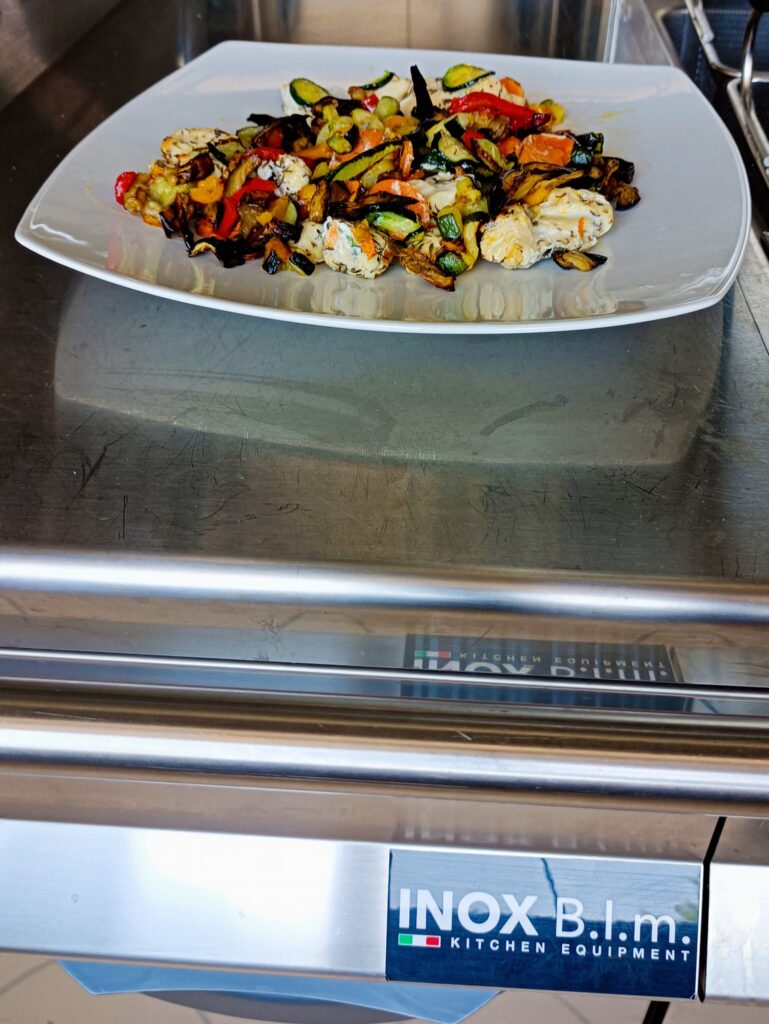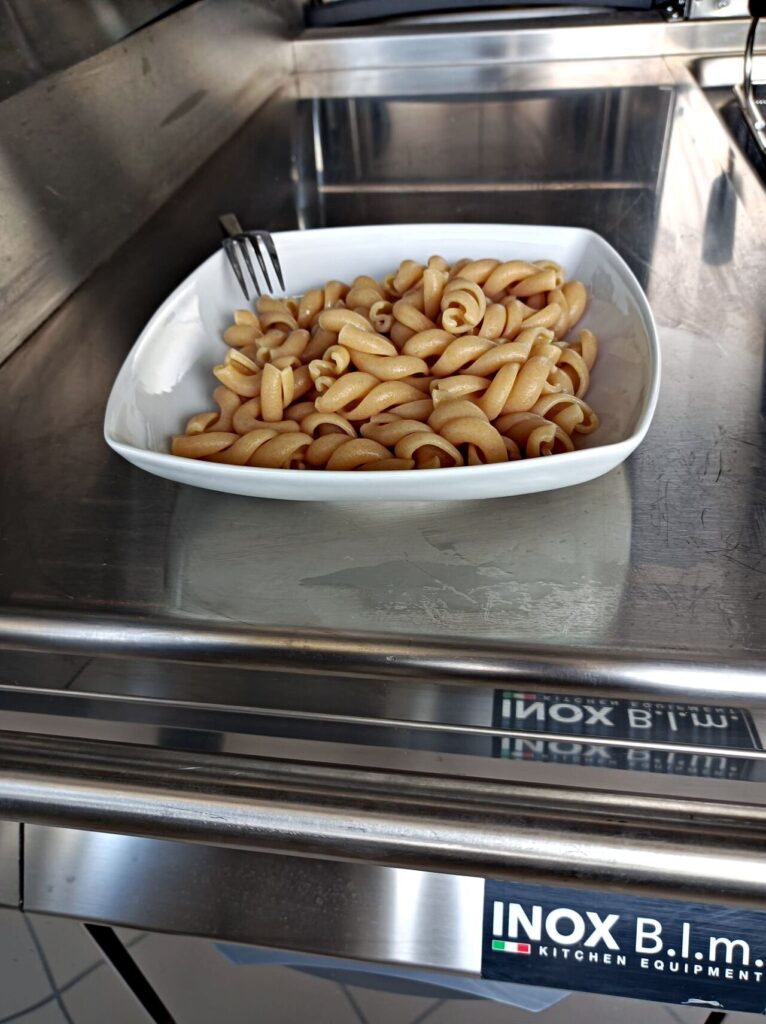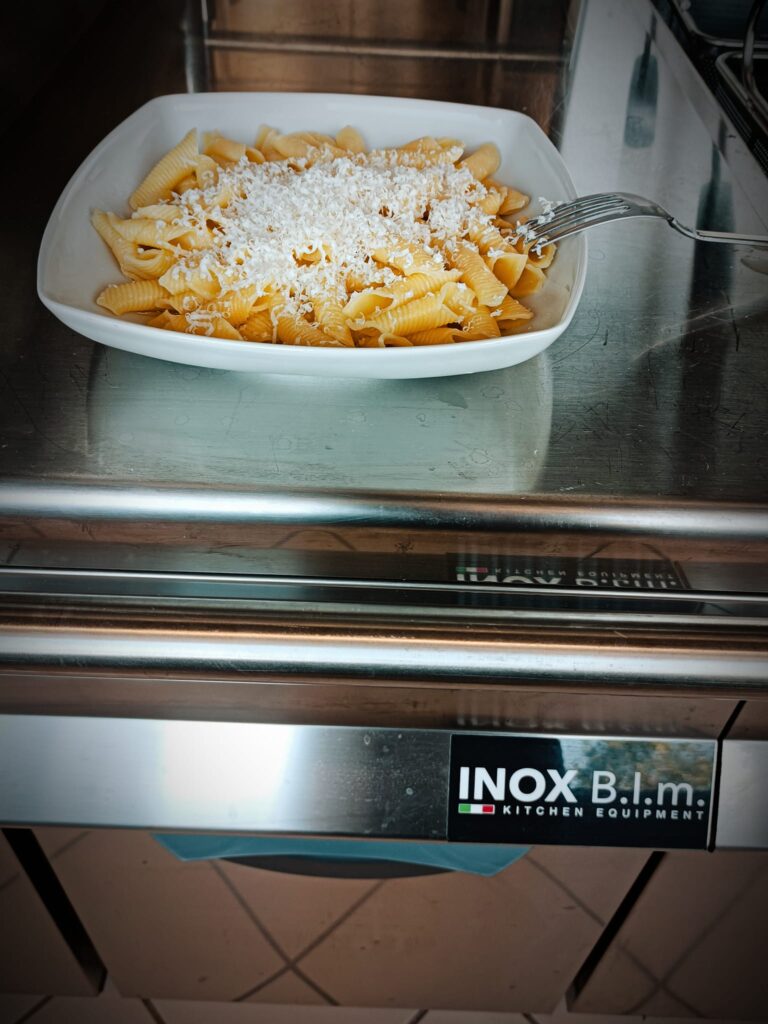Picture yourself in a Chinese restaurant.
You’ve just stuffed yourself with egg rolls and roast duck.
The waiter brings you the bill, along with a small delicious biscuit, so light you can indulge with it without feeling too guilty.
Not before breaking it in half to read the message written on a small piece of paper.
A message which, in most cases, is an aphorism or a sort of prophecy (which may even apply to you… It all depends on the Forer Effect).
Now, that’s the fortune cookie, nowadays a must in Chinese restaurants almost all over the world.
And I say almost, because it doesn’t exist in China.
Yes, it is not a Chinese tradition.
Rather, it is a phenomenon that has developed and over time become a tradition of Chinese restaurants in the States, but China has nothing to do with it.
How did it happen?
There’s a big question mark here… and several theories.
The most accepted of these is that fortune cookies are a Japanese tradition.
With some variations: they were served in bakeries and not in restaurants; the message was stuck to the biscuit and not filled inside; and it wasn’t really a biscuit, but rather a sort of rice cracker, called senbei.
It was first brought to America (in San Francisco, more precisely) by the manager of the Japanese Tea Garden, Mr. Makoto Hagiwara, in the early 20th century.
These messages (Tsujiura, in Japanese) quickly became an attraction in Asian-style restaurants throughout California.
Then the war came. The Japanese were confined to the infamous concentration camps.
And their cultural legacies suffered a sort of damnatio memoriae.
Fortune cookies were no longer Japanese. Better to make them Chinese.
From here their popularity gradually grew until they became a phenomenon of Chinese restaurants around the world.
Except in China, of course.
Anyway: if you work in catering or hospitality industry, and you are interested in my copywriting and/or content writing services, just DM

 Italiano
Italiano
